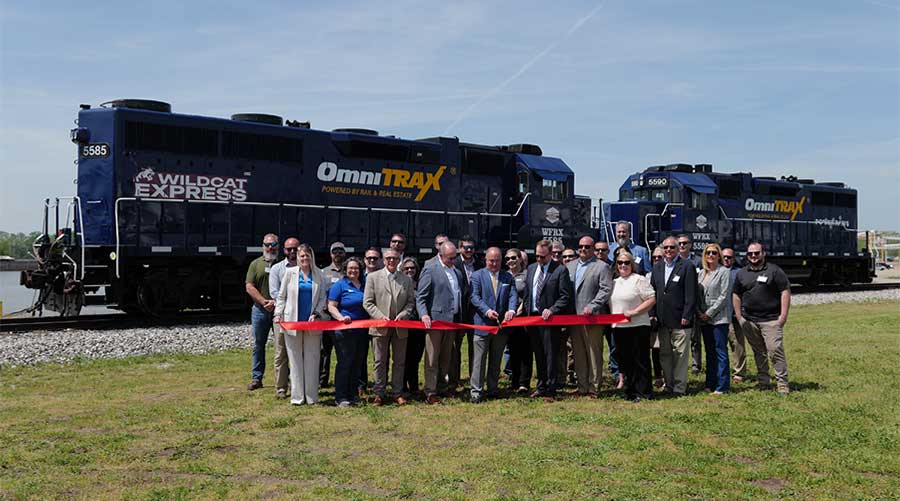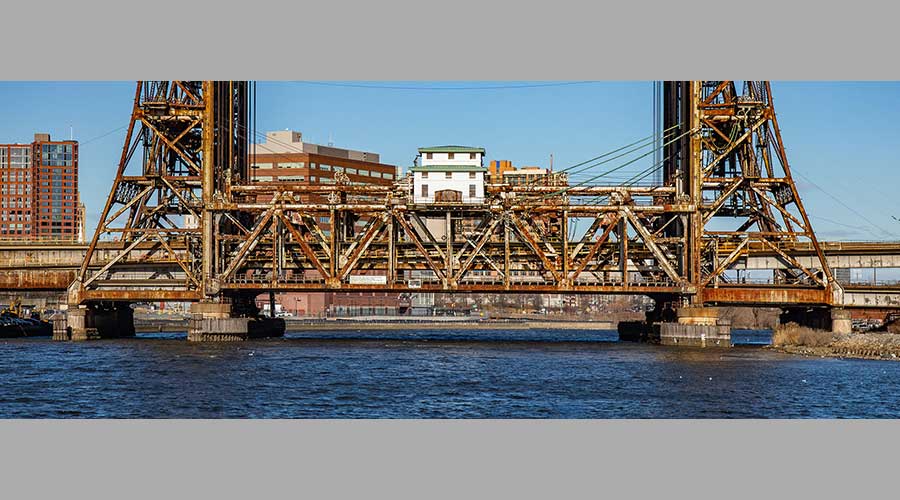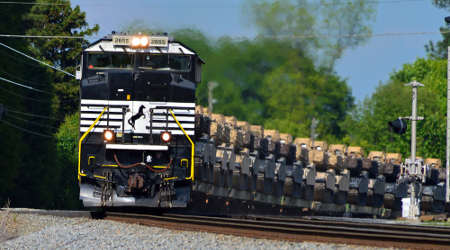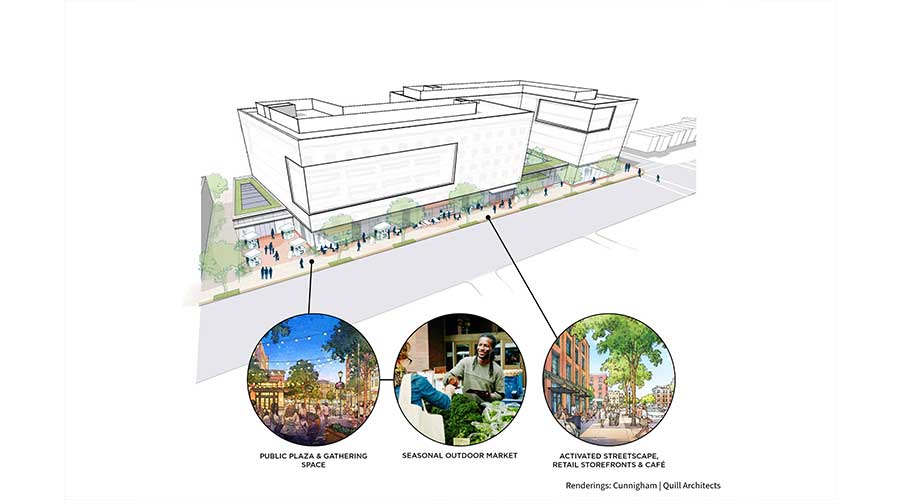Newsletter Sign Up
Stay updated on news, articles and information for the rail industry
Stay updated on news, articles and information for the rail industry
RAIL EMPLOYMENT & NOTICES
Rail News Home
High-Speed Rail
Rail News: High-Speed Rail
3/11/2010
Rail News: High-Speed Rail
United Kingdom unveils plans for HSR network
advertisement
Today, United Kingdom Transport Secretary Andrew Adonis announced a proposal to build a core high-speed rail network linking London with Birmingham, Manchester, the East Midlands, Sheffield and Leeds, with trains running at speeds up to 250 mph.
The 335-mile “Y-shaped” network would reduce travel times between London and the West Midlands to about 30 minutes, and enable travel times of 75 minutes or less from London to Leeds, Sheffield and Manchester. The route will include connections to existing passenger-rail tracks, enabling the country to provide direct high-speed services to cities such as Glasgow, Edinburgh, Newcastle and Liverpool. The estimated cost? About $40 billion.
The UK first would build a high-speed line from London to Birmingham, which would run from a rebuilt Euston station to a new Birmingham City Centre station. The project also includes building a Crossrail interchange station in West London, giving the new line direct connections to the West End, City and Docklands via Crossrail; to the southwest via the Great Western mainline; and to Heathrow Airport via the Heathrow Express. A second interchange station also could be built to the southeast of Birmingham, offering direct links to Birmingham Airport, the National Exhibition Centre, and the M6 and M42 motorways.
The government will launch a public review of the route and longer-term high-speed rail strategy in fall. In the meantime, government officials will begin developing route options from Birmingham to Manchester and Leeds.
The government developed its proposals after reviewing a report from HS2 Ltd., the company set up by the government in January 2009 to analyze high-speed rail in the country.
The government has appointed former transport secretary Brian Mawhinney to examine potential options for a future high-speed rail station at the airport. The government also will assess options to connect the UK’s proposed high-speed routes to the wider European high-speed network, either through a dedicated rapid transport system linking Euston and St. Pancras, a direct rail link to High Speed One or both.
“Over the next 20 to 30 years, the UK will require a step-change in transport capacity and connectivity both to promote and respond to long-term economic growth,” said Adonis in a prepared statement. “High-speed rail would be by far the most effective way to achieve this step-change, offering a balance of capacity, connectivity and sustainability benefits unmatched by any other option.”
The 335-mile “Y-shaped” network would reduce travel times between London and the West Midlands to about 30 minutes, and enable travel times of 75 minutes or less from London to Leeds, Sheffield and Manchester. The route will include connections to existing passenger-rail tracks, enabling the country to provide direct high-speed services to cities such as Glasgow, Edinburgh, Newcastle and Liverpool. The estimated cost? About $40 billion.
The UK first would build a high-speed line from London to Birmingham, which would run from a rebuilt Euston station to a new Birmingham City Centre station. The project also includes building a Crossrail interchange station in West London, giving the new line direct connections to the West End, City and Docklands via Crossrail; to the southwest via the Great Western mainline; and to Heathrow Airport via the Heathrow Express. A second interchange station also could be built to the southeast of Birmingham, offering direct links to Birmingham Airport, the National Exhibition Centre, and the M6 and M42 motorways.
The government will launch a public review of the route and longer-term high-speed rail strategy in fall. In the meantime, government officials will begin developing route options from Birmingham to Manchester and Leeds.
The government developed its proposals after reviewing a report from HS2 Ltd., the company set up by the government in January 2009 to analyze high-speed rail in the country.
The government has appointed former transport secretary Brian Mawhinney to examine potential options for a future high-speed rail station at the airport. The government also will assess options to connect the UK’s proposed high-speed routes to the wider European high-speed network, either through a dedicated rapid transport system linking Euston and St. Pancras, a direct rail link to High Speed One or both.
“Over the next 20 to 30 years, the UK will require a step-change in transport capacity and connectivity both to promote and respond to long-term economic growth,” said Adonis in a prepared statement. “High-speed rail would be by far the most effective way to achieve this step-change, offering a balance of capacity, connectivity and sustainability benefits unmatched by any other option.”


 2025 MOW Spending Report: Passenger-rail programs
2025 MOW Spending Report: Passenger-rail programs
 Gardner steps down as Amtrak CEO
Gardner steps down as Amtrak CEO
 Guest comment: Oliver Wyman’s David Hunt
Guest comment: Oliver Wyman’s David Hunt
 Women of Influence in Rail eBook
Women of Influence in Rail eBook
 railPrime
railPrime







